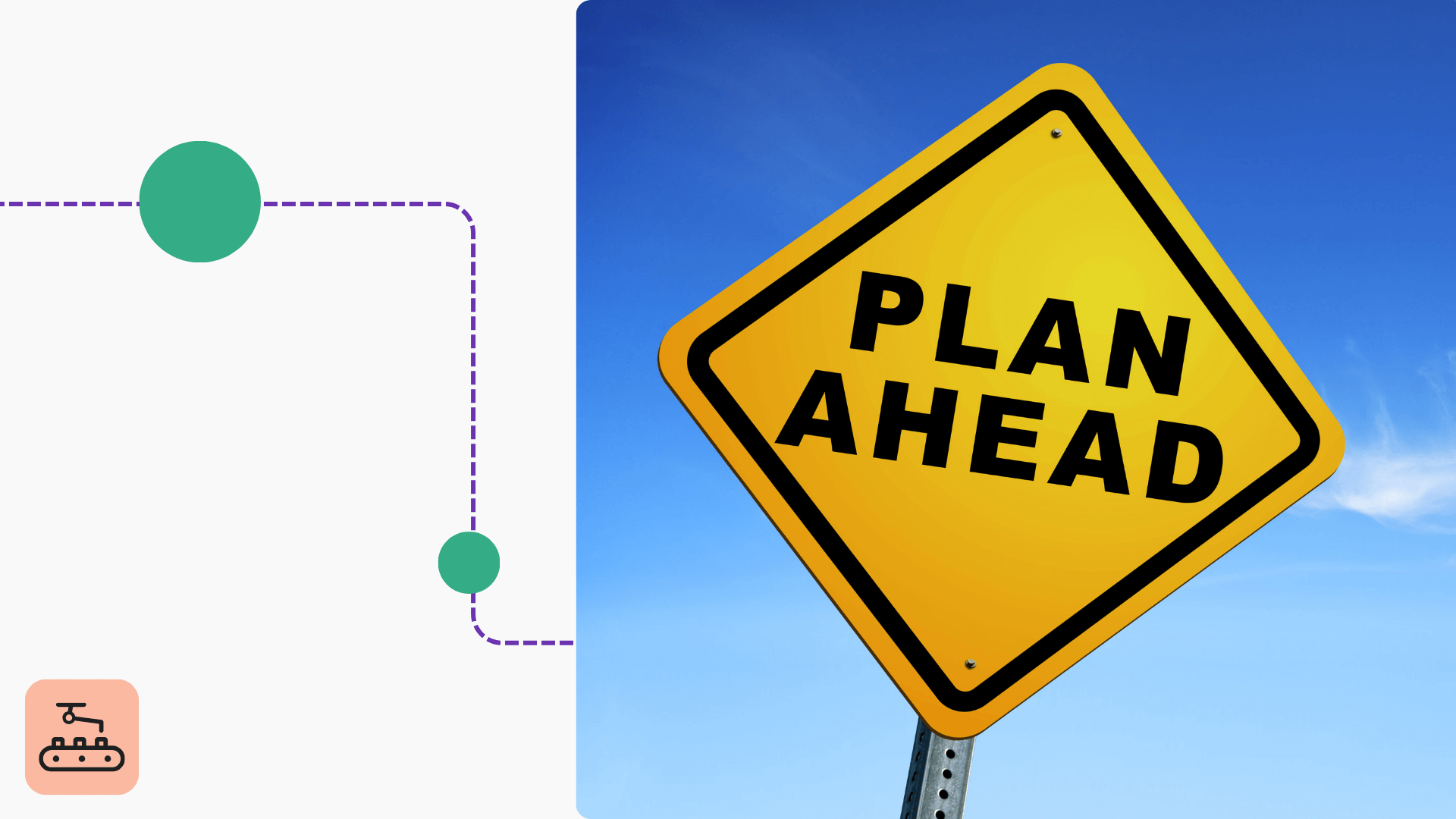A corrective and preventative action plan can greatly reduce the likelihood of workplace safety incidents. Below are the four main steps to creating an effective plan that addresses both present and future safety hazards.
Step 1: Define the problem
I always start a CAPA plan by outlining the circumstances that it applies to. In other words, I start by answering this question:
What is the problem this plan will help to solve?
This section is important because it provides context to the rest of the information outlined in the plan. Here are the basics you should include in this first section:
- Provide a detailed description of the problem.
- Include details about who or what (equipment, tools, etc.) were involved.
- Explain how the problem came to the attention of leadership.
- Give details about any relevant policies, procedures, or regulations that were violated.
With a full understanding of the situation, anyone reading the report can then better understand the details of your deep dive.
Step 2: Perform a root cause analysis
The second step to creating a meaningful CAPA plan is to thoroughly deep dive the issue at hand. Now, it’s up to you how you want to lay out your deep dive findings.
My personal favorite is the 5 why root cause analysis because it follows a simple format that anyone can understand right away. You can also use other methods like a:
- Fishbone diagram
- Fault tree analysis
- Pareto chart
- Scatter diagram
Or you can make up your own template. The important thing is that you clearly state the root cause within your CAPA plan.
Step 3: Determine corrective and preventive actions
By now, you should have completely outlined and investigated the problem. So, the next step is to take all the information you’ve gathered and come up with meaningful corrective and preventative actions. Let’s break each of those down in more detail.
Corrective actions address the past
Corrective action is an effort to rectify any situation that has an unsatisfactory outcome. It applies to any area of the business where performance is below expectations. In health and safety, examples of situations requiring corrective action include (but are not limited to):
- Injuries, illnesses, and fatalities
- Equipment malfunctions
- Near miss incidents
- Security threats and scenarios (intruders, theft, etc.)
- Safety-related production shutdowns
Examples of corrective actions include administering first aid, retraining workers, fixing process tools, repairing/replacing missing or broken safety equipment, and more.
Most often, these actions take place immediately following a safety situation and only tackle surface-level problems. To fully address these situations, you need to prevent them in the future.
Preventative actions address the future
Your list of preventative actions should address the root cause you’ve uncovered. I can’t stress this enough: The best way to solve a problem is to eliminate the choice that caused it.
In practice, this means that effective action requires you to eliminate (where possible) processes, procedures, equipment, etc. that allow workers to make unsafe choices.
Say, for example, that a worker crushes their hand in between two rotating pieces of equipment. In this scenario, you have machine guards in place, but the worker was able to remove them.
Lazy root cause analysis would blame the worker for this incident. “Worker removed the guarding and created this unsafe situation.” But the real question you should ask yourself is:
“Why was the worker able to so easily remove the guarding in the first place?”
Is there a way that you can remove that choice for them?
If you approach issues with this mindset, I guarantee you can eliminate certain scenarios from happening again. When you take the blame out of it, you acknowledge that there’s more YOU can do to improve work conditions. And that opens the door for all sorts of improvement projects.
Conducting a root cause analysis is critical because it helps you identify the true issues that need solving. And since you have to list corrective and preventative actions in the next section, you need to ensure that they tackle the heart of the problem.
Step 4: CAPA plan implementation process
The last step in creating a corrective and preventative action plan is outlining how you will implement it. Your implementation plan should answer the following questions:
- Who is responsible for each of the corrective and preventative measures?
- Who will oversee the completion of action items?
- What is the expected timeline for implementation?
- Who is responsible for procuring equipment and resources needed for implementation?
- How and where will implementation tasks be documented?
The procedures for implementing a CAPA plan vary by facility. I’ve found, however, that having a standard process in place helps teams respond more efficiently to incidents. If you can provide teams with a basic template of steps to follow (and include in the CAPA plan), it can help speed up the implementation process.
Tracking progress long-term
Tracking both lagging and leading indicators is essential for assessing your plan’s performance. When you find improvement opportunities, it’s important to schedule them right away.
In my experience, failing to schedule and track action items is one of the biggest routine mistakes that EHS managers make. Having a standard process for following up on corrective actions is such a simple way to reduce incident rates and improve overall performance.
Many companies use action tracking software to track progress because it gives full visibility without creating new administrative tasks for the EHS department. If you choose to track action items without software, just make sure your process is standardized so there’s little risk of oversight.
By implementing a standard action tracking process, you can ensure that the details in your corrective and preventative action plan create effective changes in your operation.
Other posts you might like…
No posts
